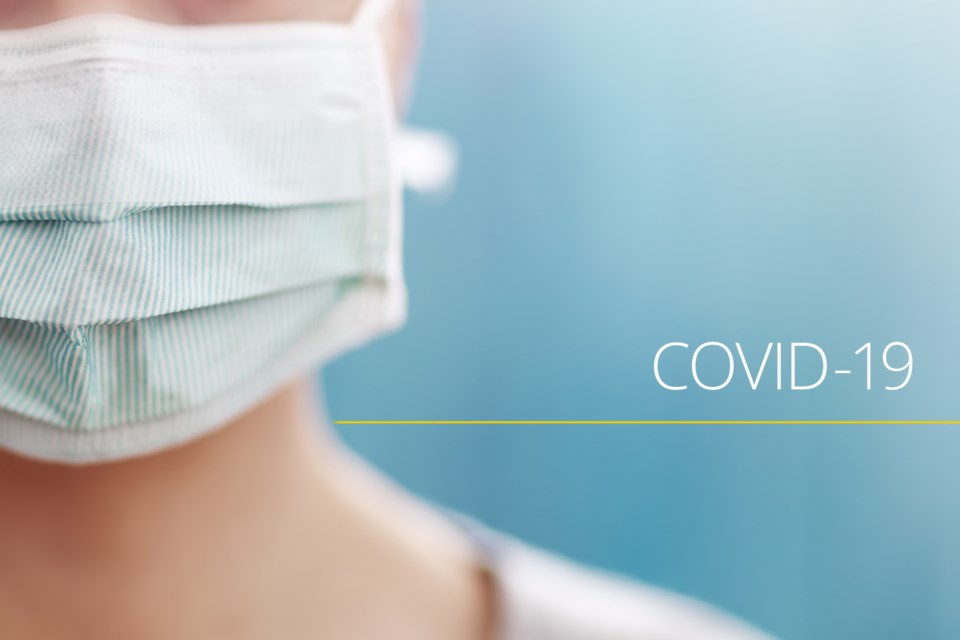The region has almost met the provincial for first doses of the COVID-19 vaccine,
The Porcupine Health Unit's weekly epidemiology report is out and breaks down where the region is at.
Since last week's report, 507 more people received their second dose of the vaccine, bringing the total number of people with both doses of the vaccine to 50,430. There has been an increase of 240 people who received their first dose, bringing the total number of people who have received their first dose of the vaccine to 55,831.
With an increase of 36 people getting their third dose, 920 people have now received a booster.
In the region, 89.9 per cent of the eligible population (12 years and up) has received the first dose of the vaccine and 83.6 per cent have both doses. The provincial target is to have 90 per cent of the eligible population vaccinated.
Broken down by age range in the region, the health unit reports that for:
- 12 to 17 years - 82.9 per cent have their first dose and 73.6 per cent have both doses
- 18 to 29 years - 84.8 per cent have their first dose and 74.5 per cent have both doses
- 30 to 39 years - 87.7 per cent have their first dose and 77.6 per cent have both doses
- 40 to 49 years - 85.6 per cent have their first dose and 79.5 per cent have both doses
- 50 to 59 years - 88.3 per cent have their first dose and 84.4 per cent have both doses
- 60 to 69 years - 94.1 per cent have their first dose and 91.3 per cent have both doses
- 70 to 79 years - 99.9 per cent have their first dose and 99.4 per cent have both doses
- 80 years and up - 99.9 per cent have their first dose and 99.9 per cent have both doses
The data is also broken down by community, however, it reflects the number of vaccines given and not necessarily the number of residents vaccinated living in the community. For example, someone could get one or both doses in a city they don't live in.
The stats by the community are:
- Cochrane - 80.2 per cent first dose, 63.2 per cent second dose
- Hearst - 92.3 per cent first dose, 76.8 per cent second dose
- Hornepayne - 100 per cent first dose, 100 per cent second dose
- Iroquois Falls - 78.7 per cent first dose, 57.3 per cent second dose
- Kapuskasing - 74.8 per cent first dose, 65.7 per cent second dose
- Matheson - 69.8 per cent first dose, 86.1 per cent second dose
- Moosonee - 100 per cent first dose, 90.7 second dose
- Smooth Rock Falls - 94.9 per cent first dose, 90.9 per cent second dose
- Timmins - 86.2 per cent first dose, 79.3 per cent second dose
As of Nov. 1, there had been 1,201 cases in the region where a variant of concern has been detected. That's an increase of five from last week's report.
When the numbers were pulled for the report, a total of 2,224 confirmed cases of the virus since the start of the pandemic.
Of the total confirmed cases in the region since the start of the pandemic, 51.5 per cent are male and 48.3 per cent are female.
People 20 to 39 years make up the largest number of cases, with 793 people (35.6 per cent of all cases) being in that demographic. There have been 737 cases (33.1 per cent) in people ages 19 and under, 441 people (19.9 per cent of cases) between the ages of 40-59, 195 people (8.7 per cent) are between the ages of 60-79, and 58 people (2.6 per cent) are 80 and over.
For where people are located, 1,033 cases have been in Timmins; 277 in the area Matheson, Iroquois Falls, Cochrane and Smooth Rock Falls; 102 in the Kapuskasing area; 100 in the Hearst, Hornepayne area; 706 in the James and Hudson Bay region; and six are out of region.
Of the confirmed cases, 1,392 (62.6 per cent) were contacts of a case, 279 (12.5 per cent) were associated to an outbreak, 516 (23.2 per cent) had no known exposure, 19 (0.9 per cent) are travel-related, and the exposure of 18 (0.8 per cent) is under investigation.
The case fatality rate in the Porcupine Health Unit region is 1.4 per cent. The provincial rate is 1.6 per cent.
The test positivity rate for the region at the time of the report was 1.7 per cent, which is the highest of the seven health units in Northern Ontario. In Northern Ontario the positivity rate is 1 per cent and the provincial rate is 3.2 per cent.
This week's full local epidemiology report is available here. The vaccine rates can be found here.



